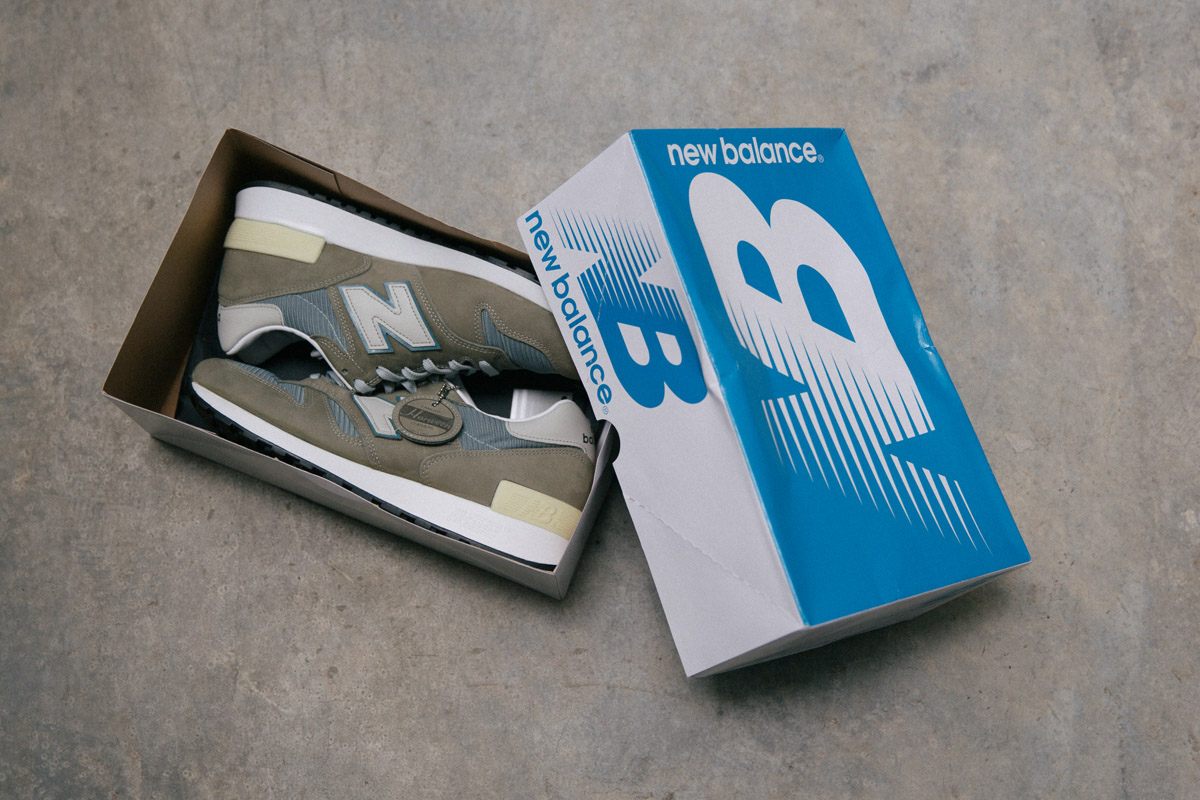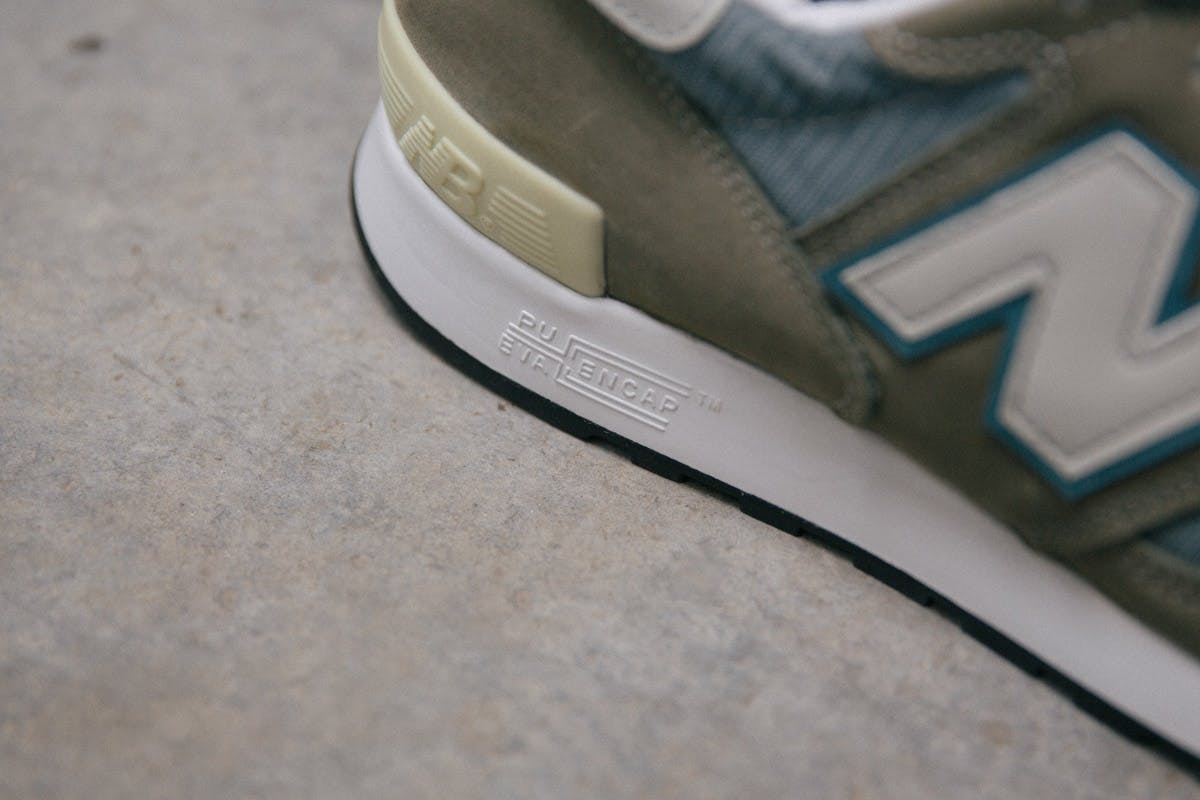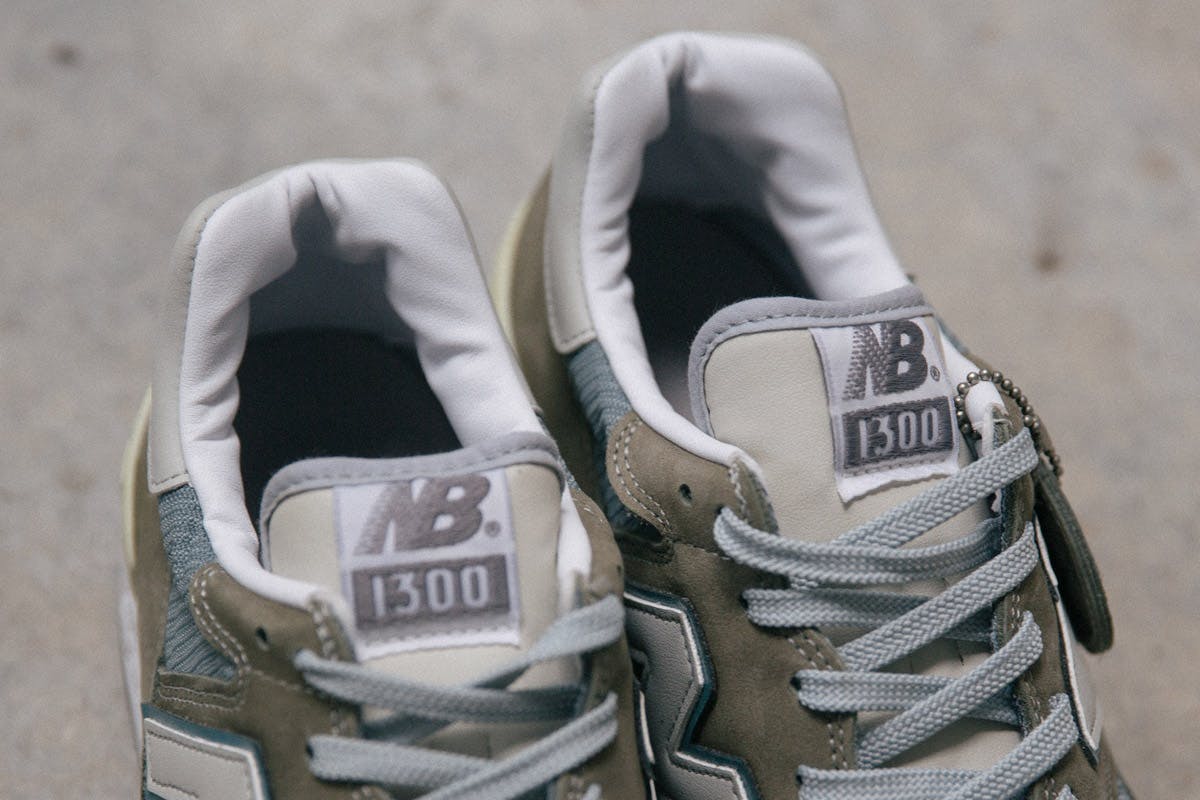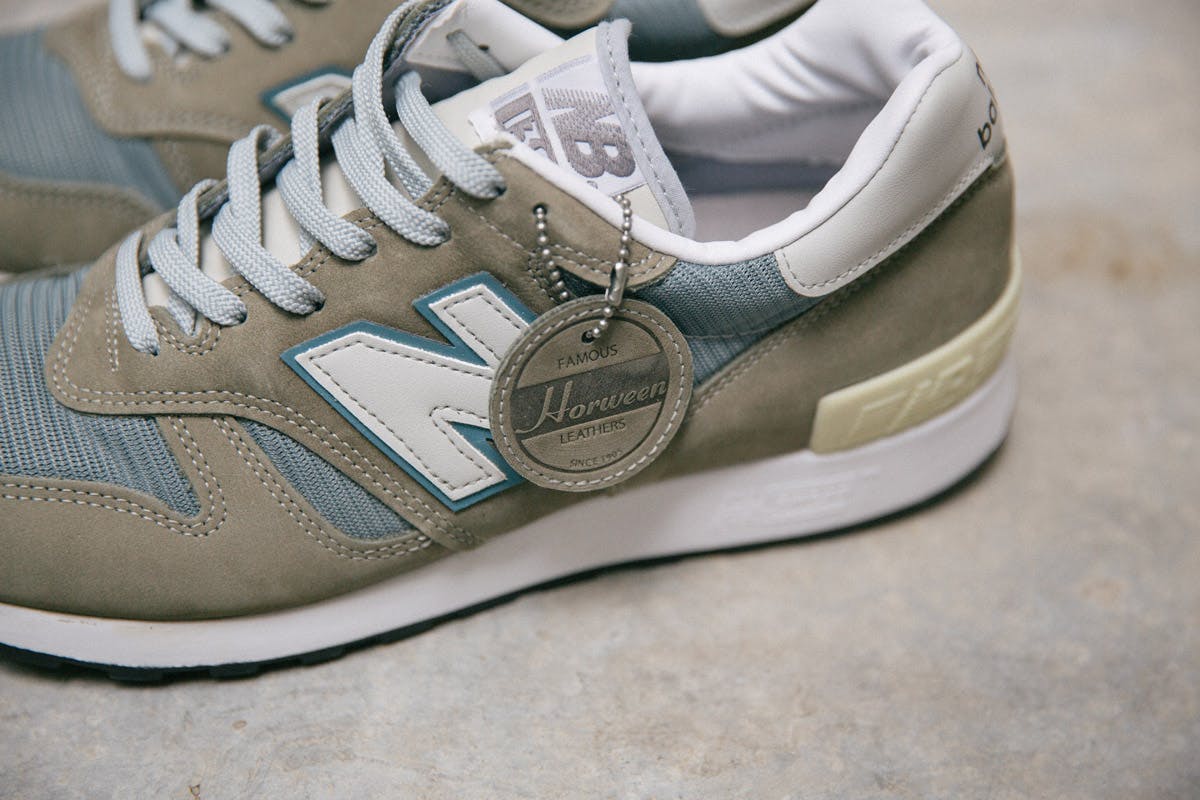New Balance 1300: How Japan Became Obsessed With the Rare Sneaker
From ivy league uniforms to heritage staples, Japan’s knack for re-imagining classic American styles is unrivaled. Among brands like L.L. Bean and Patagonia, New Balance is a fascinating case study in Japan’s appreciation for American culture.
“Most Japanese fashion-conscious consumers like American casual, vintage, and heritage styles,” Highsnobiety was told by Tetsuya Shono, head of lifestyle at New Balance Japan. “It’s easy for them to enjoy the craftsmanship of New Balance and the history of the brand.”
While the sportswear stalwart is known for its vast catalog of “Made in USA” staples, the New Balance 1300JP epitomizes Japan’s cross-cultural penchant for American handiwork. Released in 1984, the 1300JP established a precedent for the first luxury running shoe — a byproduct of fine craftsmanship, sharp marketing, and an avid community.
Billed as the “very best running shoe ever made,” the New Balance 1300 disrupted the sneaker market. The shoe was manufactured in Skowhegan, Maine, and quickly became the brand’s flagship model for its “Made in USA” product line. A classic colorway of gray and blue, plastic heel stabilizer, Vibram sole, and New Balance’s proprietary ‘ENCAP’ technology were just a few stand out features of the shoe (ENCAP is the combination of an EVA foam core and a polyurethane sole).
1 / 5


Highsnobiety / Timothy Suen


Highsnobiety / Timothy Suen


Highsnobiety / Timothy Suen


Highsnobiety / Timothy Suen


Highsnobiety / Timothy Suen
As early adopters of New Balance, Japanese collectors instantly recognized the quality of the sneaker. Unfortunately, the costly price tag prevented many from securing a pair. Priced at $130 (or 39,000 yen), the 1300 was the first sneaker that retailed for over $100. A tongue-in-cheek advertisement read “Mortgage the house,” a warranted headline for a shoe that would cost roughly $300 adjusted for today.
“I’ve seen the iconic advertisement and read all of the stories. I’ve stared at images that compare the labels on the tongue, the front stitch, the heel, the N logo, and whatever else for way longer than I should have,” says Thomas Lindie, New Balance collector, and marketing manager at Hanon Shop. “It’s just one of those shoes that you could wear every day for the rest of your life.”
Given the immense popularity of the 1300, the sneaker re-released in 1995 as the New Balance 1300JP. Under the supervision of New Balance Japan, the 1300JP was designed to meet the exact specifications of the original model. To accurately reconstruct the sneaker, New Balance’s US and Japan lifestyle teams combined their archives to recreate small details, like the 14 bars that make up the “N.B.” logo on the tongue.
It’s important to note that in 1996, New Balance released a more accessible model, the New Balance 1300CL. It differed slightly from the renewed 1300JP, as the outsole featured a knit body akin to the New Balance 577. Notable differences include different types of leather, slightly different shades of gray, and contrast stitching on the sole unit. Comparing the two models, Ronnie Fieg wrote, “The colors and contrast on this style are absolutely perfect and I can only say that about a hand full of sneakers.”
Following its re-issue, The New Balance 1300JP scarcely re-released every five years with minor improvements made to each iteration. Production is overseen by New Balance Japan — despite the sneaker being manufactured in America — to ensure the highest quality possible.
Shono recalls one story from 2010. When reproducing the inner stitch on the “N” logo, New Balance Japan told the factory workers to round the stitch to match the original design. However, the samples returned with an acute angle stitch, since the factory workers did not understand why New Balance wanted an imperfect shoe.
“There are many ways to create special products, but it’s more important for Japanese consumers to have a story that is uniquely positioned,” says Shono. “I think Japanese consumers care more than other countries when it comes to how stories are integrated into the products.”
In addition to its Skowhegan-based factory, New Balance operates regional factories to service local markets. Flimby factories in the UK manufacture the 1300 for Western Europe, while the Korean factory serves the bustling Japanese market. Given the geographic exclusivity of the sneaker and its quinquennial release, the 1300JP is one of the most sought-after retros on the market.
Now back for its seventh iteration, the New Balance 1300JP is set to release February 22 for a retail price of $300, from retailers like Sneakersnstuff.















![Toni Kroos là ai? [ sự thật về tiểu sử đầy đủ Toni Kroos ]](https://evbn.org/wp-content/uploads/New-Project-6635-1671934592.jpg)


